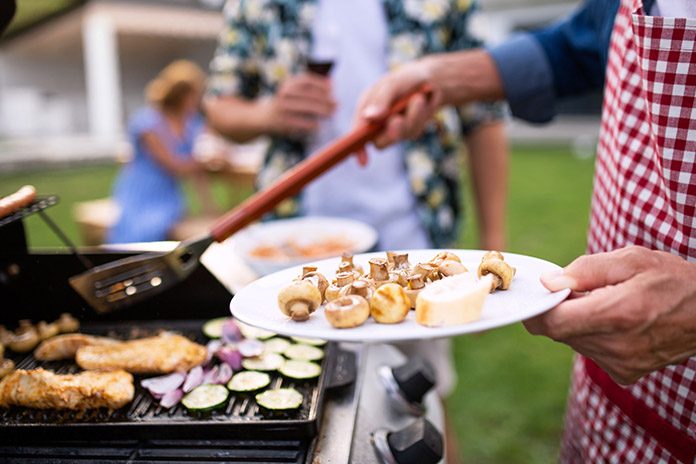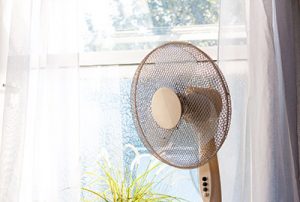
With the summer under way and scorching temperatures upon us, it’s a good time for folks to take some small steps to keep their home cool and their energy bills cooler. And, with more than three-fourths of Oregon already in some stage of drought these low- and no-cost cooling and water-saving tips are sure to provide some much-needed relief.
(SEE ALSO: SCORCHING TEMPS TO CONTINUE THROUGH THE WEEK)
For those hot days to come, here are Energy Trust’s top 6 tips:
- Power down heat-generating devices
- Home appliances, electronics and incandescent light bulbs create heat when on. Power down and consider upgrading to LED lights, which operate more efficiently and don’t give off excess heat.
- Skip the oven and use the microwave, stovetop, or grill outside. Not that you need an excuse to have a barbeque!
- Get strategic with your windows
- Less light = less heat. Close windows, blinds, shades and curtains to keep heat outside. Light-colored window coverings also help reflect heat away.
- Close windows and window coverings in hot weather during the day to keep hot air out. Open windows at night or early morning to let cool air in.
- Consider planting trees or tall shrubs to filter sunlight before it enters your home.
- Join the fan club
-

There are several types of fans that can help keep your energy bills down during the summer. (Photo courtesy of Energy Trust) In with the cold and out with the hot! Place a fan in the window to keep air moving and help you feel cool by pulling cool air in and drawing warm air out. Try using a box or window-mounted fan on the shady side of your home to draw in cool air. A second fan on the opposite side of the room or house can blow hot air out.
- A ceiling fan can help circulate cool air from your air conditioning, allowing you to raise the thermostat setting and still stay comfortable. If you buy a new ceiling fan, choose an ENERGY STAR® qualified model (available as a light/fan combination).
- Keep hot air out and cool air in
- Sealing air leaks and insulating your home can reduce cooling and heating costs while making your home more comfortable all year long.
- Add caulk or weatherstripping around drafty doors and windows and seal holes or cracks hidden in attics, basements and crawlspaces with caulk, spray foam or weatherstripping.
- Add insulation, but seal air leaks first. Leaks make insulation less effective.
- Make the most of air conditioning!
- When no one is home, set the air conditioner or heat pump thermostat a few degrees higher than normal. When you are home set the thermostat to help you feel cooler without using too much energy.
- Check the system air filter regularly and change it when it looks dirty. A dirty filter makes the system work less efficiently and reduces airflow.
- Make sure all vents and registers are well-sealed where they meet floors, walls and ceilings.
- Stay water-wise
- Install water-saving showerheads and faucet aerators.
- Wash and rinse laundry with cold water and only run full loads whenever possible.
- Use the water-saving setting on your dishwasher and scrape food residue off plates instead of using water to rinse.
Visit Energy Trust’s website for more no-cost and low-cost energy-saving tips.









